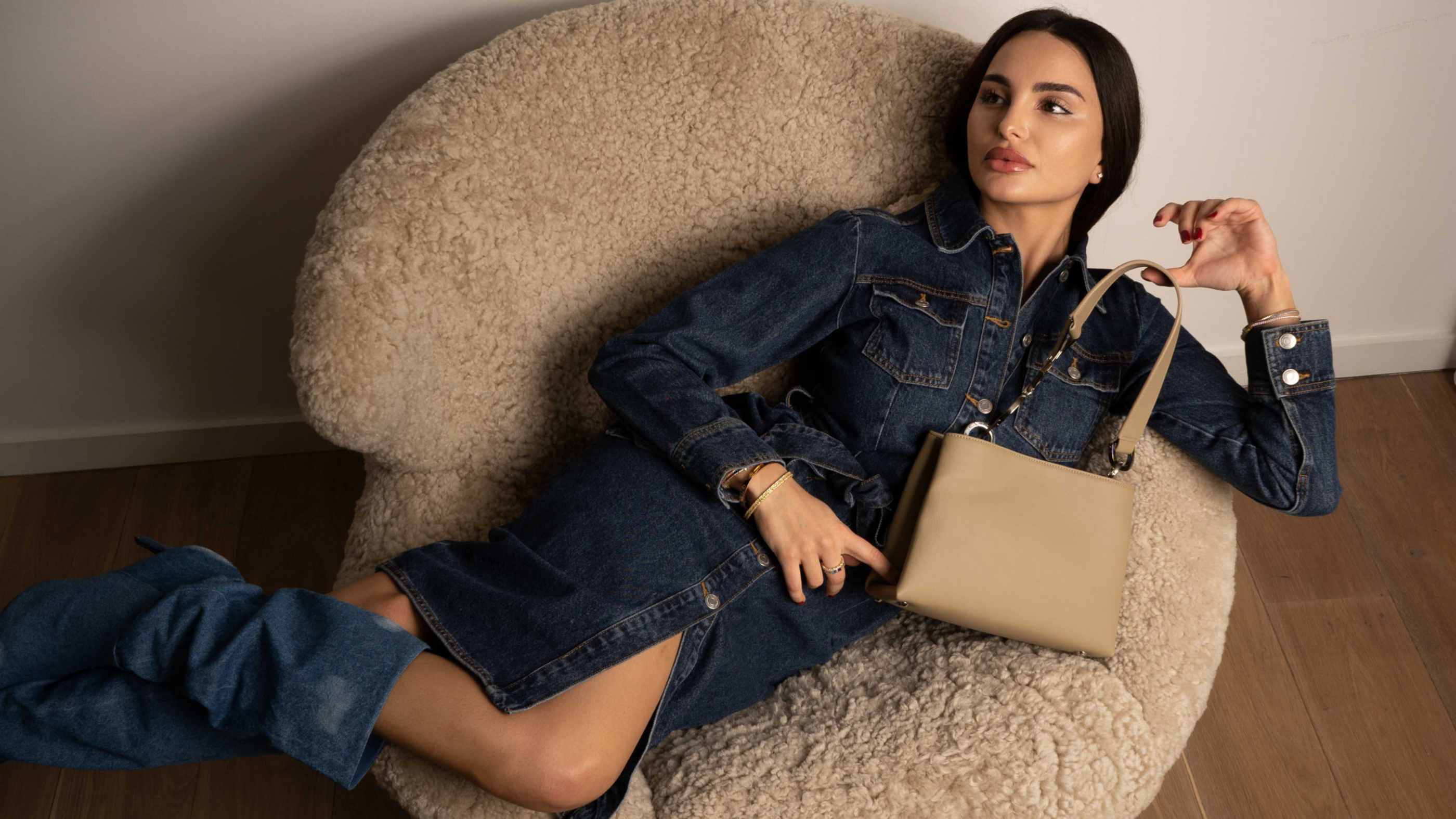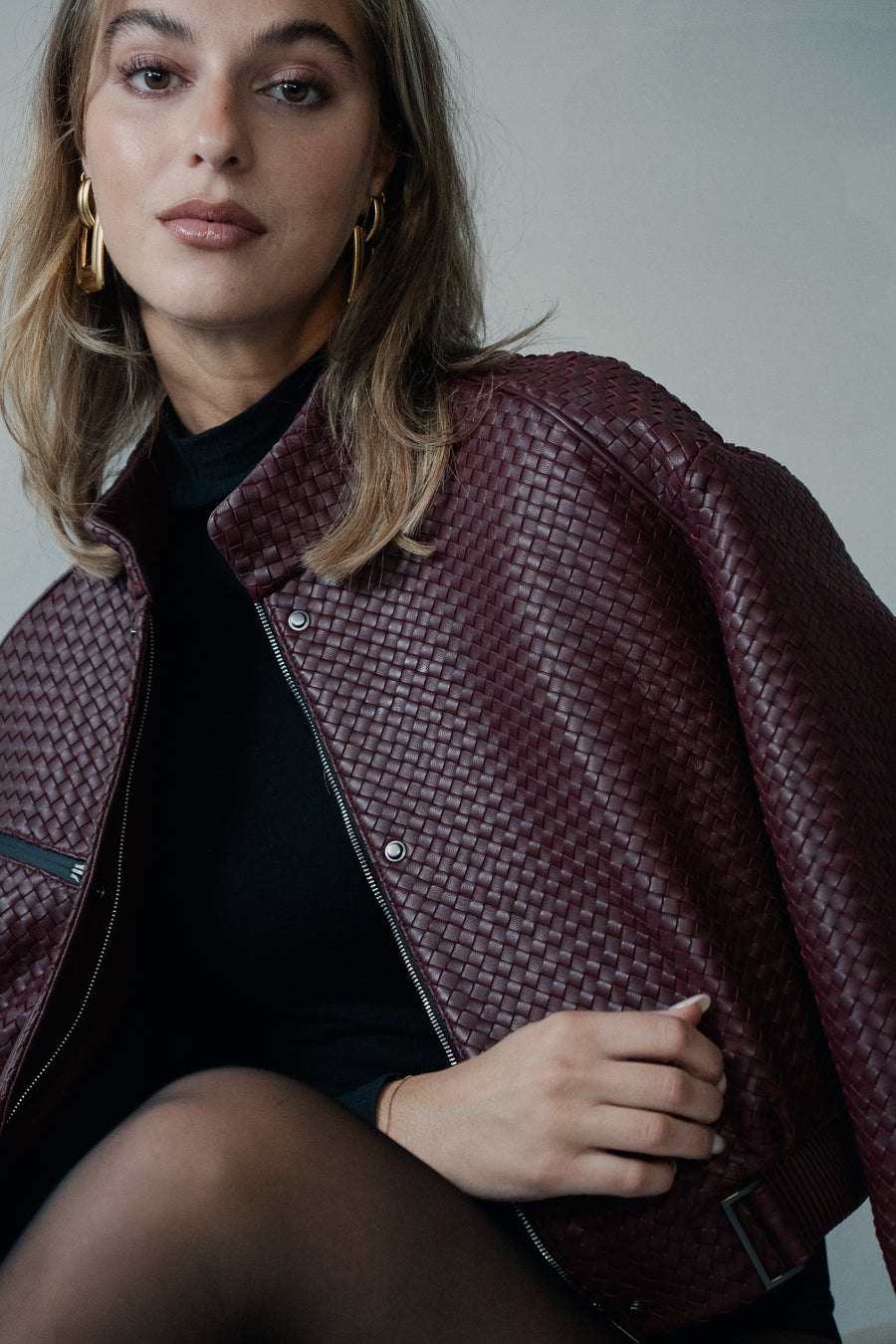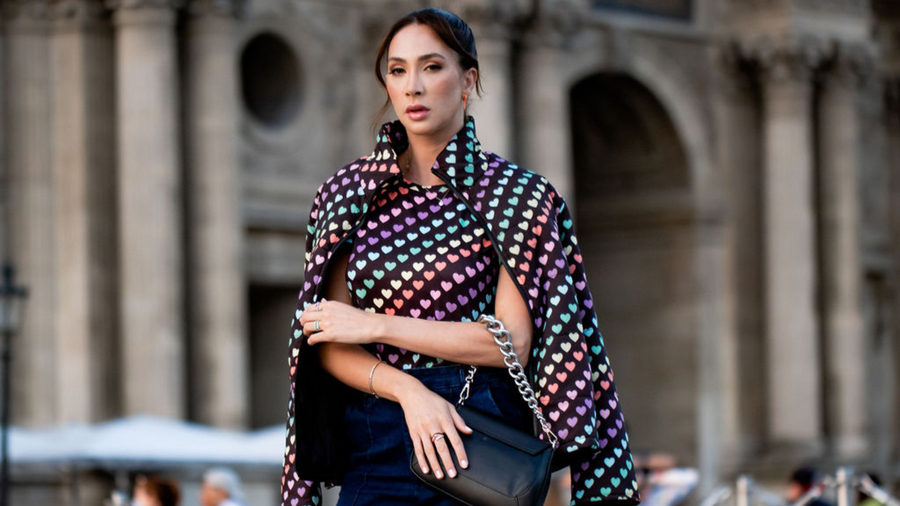Throughout the years, handbag production and styles have been reinvented numerous times, each iteration taking inspiration from the archives and telling stories of their own. Delving into the history of this favourite accessory illustrates just how influential the fashion archives are to the spectacular styles that define luxury bags today.
MANUFACTURING:
It’s no secret that the way bags are manufactured has vastly changed over time. The jolting decline in handbag quality over the last few decades can mostly be attributed to the fast fashion dominance in which we’re currently living.
Believe it or not, handbags were originally designed as a man's accessory, which makes sense considering men have historically held more financial power than women; handbags were a representation of power and status in this way.
Early bags were skillfully handcrafted; from design to prototype to production, everything was done by hand. The demand for timeless craftsmanship certainly remains in the luxury fashion world of today but is seriously lacking in the industry in general. Making bags by hand is far more laborious and expensive than it is in a factory, and as consumers constantly crave the next new thing, there is simply no profit margin in mastering the tradition of true craftsmanship for the ordinary consumer. So, as fashion and the manufacture of handbags are becoming more industrialised and less artisanal, the question we should be asking isn’t if such a tradition can continue, but do we want it to? We certainly think so at Gielfi.
THE GOLDEN AGE OF LEATHER:
The 1950s to the 1980s were a time of unparalleled reign for leather handbags. Iconic designers like Hermès and Chanel made leather synonymous with luxury and sophistication, and the craftsmanship was impeccable. These bags were seen as lifetime investments.
Handbags are not only a practical accessory to an outfit; they represent eras of fashion and historical attitudes that changed the way fashion evolved. For example, the 1950’s New Look by Dior led to women requiring a smaller, more structured handbag to balance their new silhouette. Elegance and femininity were in, and so was leather.
However, as the environmental and ethical consciousness of consumers started to grow, so did concerns about the impact of leather production on animals and ecosystems.
THE ADVENT OF SYNTHETICS:
From the 1990s came the emergence of synthetic materials like faux leather and PVC. They became popular quickly because they were more affordable and mimicked the look and feel of real leather. Brands like Stella McCartney paved the way for sustainable bags and fashion advocating for ethical practices within the industry. However, with synthetics came another battle—there were more concerns about the environmental impact due to the use of petroleum-based products that can take hundreds of years to decompose.
THE S WORD:
The fashion industry has had to reckon with concerns over sustainability much more in the 21st century, and the rise in demand for sustainable leather bags and products has led to a change in the materials used in handbags. Brands are increasingly turning to alternatives such as recycled materials, cork, apple leather, and mushroom leather (mycelium).
Using organic materials ensures renewability and biodegradability and also provides a unique texture for stylish and sustainable products. Pineapple leather (or Piñatex) is derived from the fibres of pineapple leaves, and mycelium comes from the root structure of mushrooms, offering a cruelty-free and sustainable alternative to traditional leather.
THE FUTURE: A SUSTAINABLE HANDBAG REVOLUTION
As we move forward, it’s clear that sustainability is no longer merely a trend but a necessity in the fashion world. Consumers, more so than ever, demand transparency in supply chains and ethical production, things people weren't aware of in the golden age of leather. The handbag industry will have no choice but to respond to new demand and incorporate new principles into their design, but we have to vote with our feet (or rather, our hands) and do our part to influence the new generation of manufacturing.
As consumers, we will always have the power to shape the future of the fashion industry by making conscious choices and supporting brands that prioritise people and the planet. The evolution of handbags serves as a microcosm of the larger fashion industry’s journey towards a more responsible yet still fashionable future.





